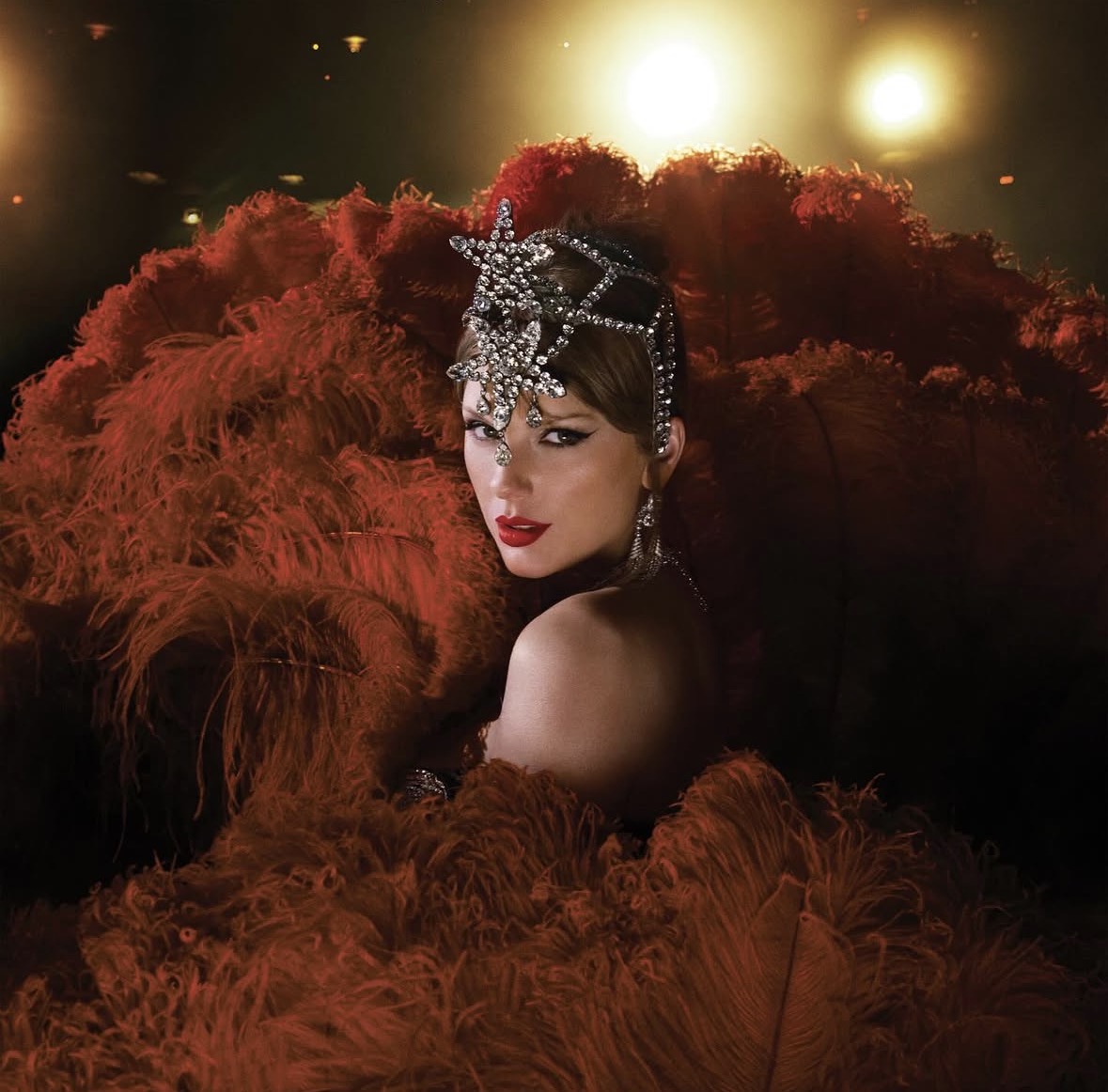Spike Lee is not who would usually come to mind when thinking of a prototypical director. In a crowd of celebrities, you can look for a short man using a curious hat or colorful clothes. He’s seemingly very aware of his surroundings and could be spilling salty opinions about his colleagues in the industry. Like it or not, the 66-year-old filmmaker has become an iconic figure over the last century and an undeniable influence on how audiences perceive media as more than just entertainment, but as social reflections. With that being said, it is understandable as to why a crowd of 600 people went wild at the New Yorker Festival this last weekend as Spike Lee came on stage for a Q&A session with David Remnik.
Before the session started, Remnick asked to share a video of Bill Lee, Spike’s father, a very prominent and important jazz musician who died this past march. To understand Spike Lee’s unapologetic persona, the starting point is his father. One of Bill Lee’s main eccentricities was the refusal to use an electric guitar, very popular during the seventies. “My mother, who used to shop at Bloomingdale’s at sixth avenue… that had to stop! Because there was no money coming to the house because my father refused to play with an electric guitar. My mother had to work, she started to teach at Brooklyn Heights,” Spike Lee said. In fact, most of his success was inspired by the artistic environment around him. “We lived in a very artistic household so, thank God our parents said… Whatever you wanna (SIC) do, just be good at it.”
With almost 40 movies produced within four decades of his career, naturally, as many stories of success, one would guess he chose that path from an early age, but the Academy award winning filmmaker says otherwise, “Even though my mother would take me to the movies, and I would think about them; I never planned to be a filmmaker. I feel like the film chose me, not the other way around.” He continues, “So many things have happened in my life that just pointed me in this direction.”
And producing a film is not just the work of one man, but a variety of writers, producers, actors, and supporters that have to come together financially to make the breakthrough and finally create a body of work. Lee told an interesting story about the time he was producing the 1986 hit film, “She’s Gotta Have It” which needed $174,000 dollars to be made; “Well! I was doing crowdfunding before. First, we had to get the money to shoot, the next to get film out of the lab… Then the third stage is for me to live while I edit the film because then we could screen it for potential investors. I had great people around me, who believed in this dream. One of my classmates… His mother just died, and, in the insurance, he got ten thousand dollars, but he said to me to take it. But once the film became a hit, he bought a Brownstone (house) in Fort Green and still collects checks!”
Lee also restated that his influences come specially from Black American directors and his predecessors, “There were not many people, but Michael Schultz who directed Carbon High, one of my favorite movies and others, but they were all on independent cinema. So, when I got to grad school, I got to see all of it. And grad school introduced me to real cinema.” What Lee represents today is an open door for all Black American filmmakers that now succeed him, but he posits that even though there are many people of color behind and in front of the camera “the struggle continues.” The legacy of Lee’s work and contributions can be seen in a new Brooklyn Museum exhibition until February, demonstrating the filmmaker’s life and influence. According to the Brooklyn Museum’s website, items that resounded in his body of works are explored in more than 450 items drawn from his personal collection — about sports, Black history culture, music, cinema history and more.
For almost an hour he guided the audience from his early years as a filmmaker through his long and meaningful career while describing the respect he has for colleagues such as Denzel Washington whom he called “the greatest actor of our generation.” More intrinsically, this time with the director was an evening with one of the most iconic and profitable names in a very white dominated Hollywood. Maybe it’s his singular clothing style or the way he broke his own rule to only curse three times during the session, but certainly, anybody could agree the star that shines the brightest is one hailing from nearby Brooklyn, Spike Lee.






